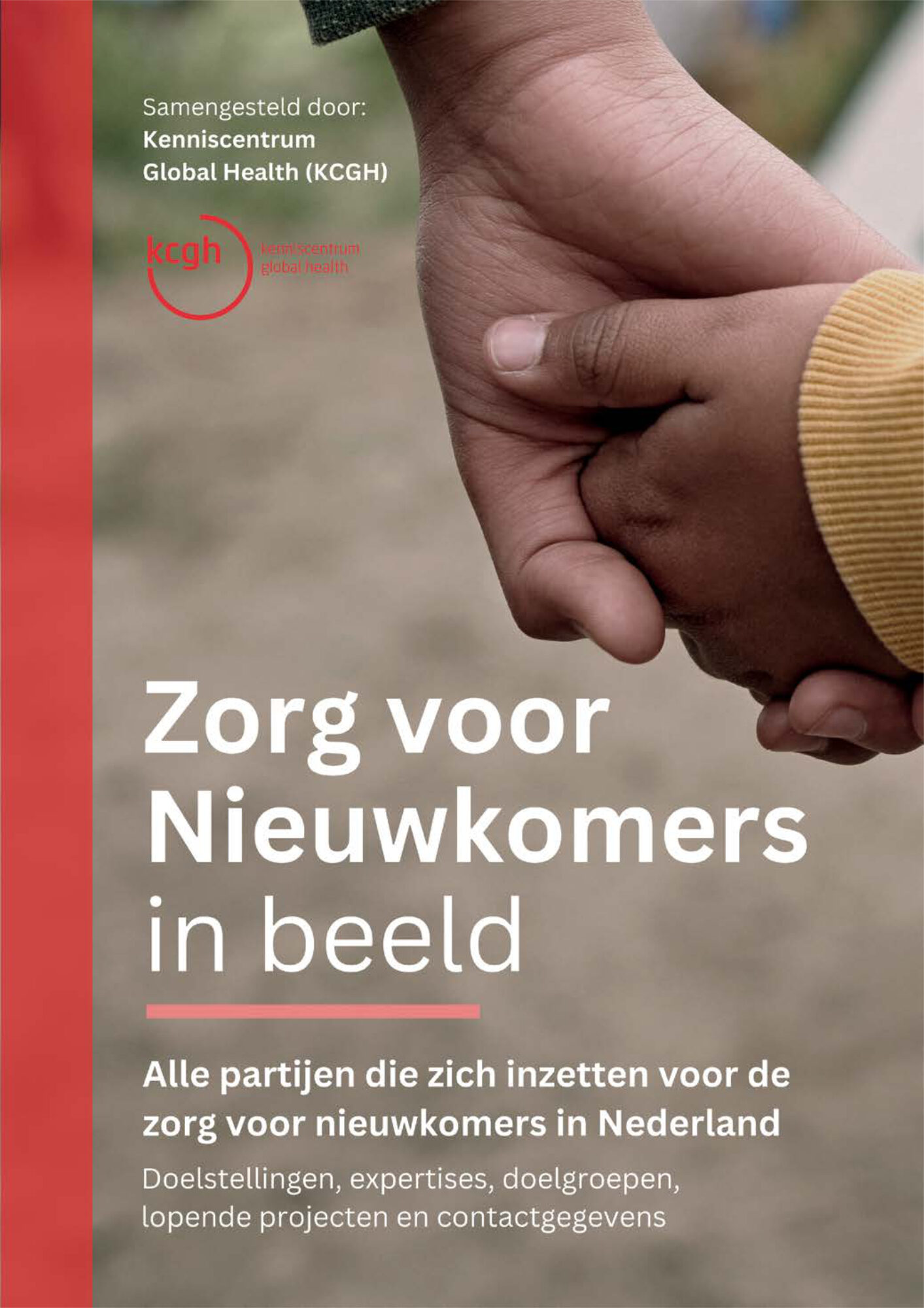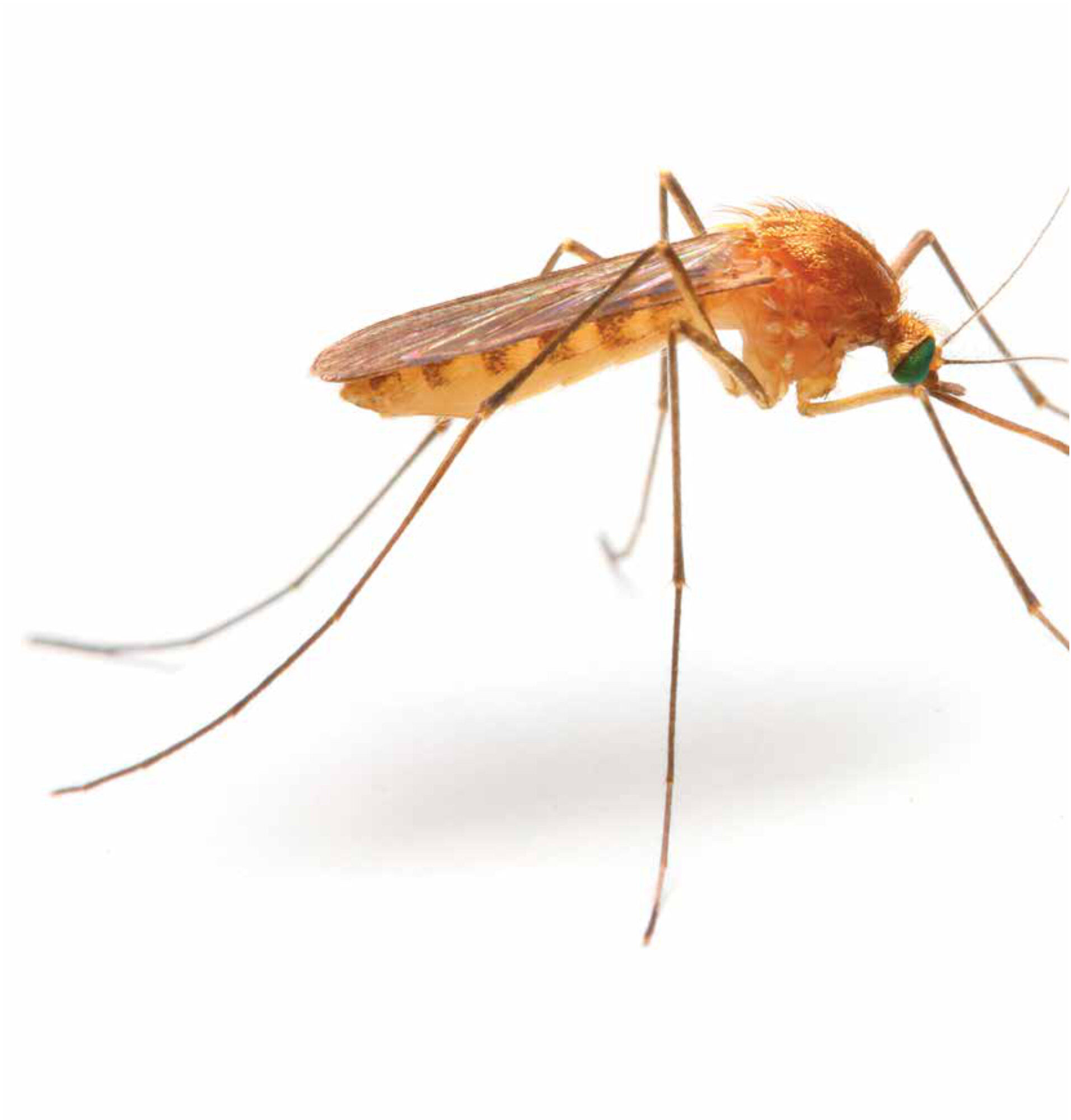Main content
Elza’s path to youth health care is rooted in service to vulnerable populations. She began her studies in international development at Wageningen University before continuing her education at medical school in Nijmegen. Her work experience in adult psychiatry eventually led her to work at the Centre for Sexual Violence in Gelderland Zuid-Midden and currently at GGD Limburg Noord as youth health care physician in training, where she works closely with migrant families. Her involvement with migrant workers began during the COVID-19 pandemic. The pandemic shone a light on the vulnerabilities of migrant workers in the Netherlands, particularly those working in the meat processing and agriculture sectors. Elza also highlights the poor living and travel conditions many face every day, compounded by challenges in accessing healthcare due to incorrect registration details. “We saw homeless camps along the Maas River”, she recalls, stressing the severe conditions faced by many. Following this, Zijlstra questioned the conditions in which children of migrant workers were being raised.
Challenges facing migrant children
In the Netherlands, approximately 800,000 migrant workers are officially registered in the Personal Records Database, though the actual number of migrant workers is likely higher. Of these, 92,000 children are registered, with some municipalities in Limburg Noord, with Venlo and Venray ranking highest in the country in terms of concentration.[1] “At our centre, we sometimes see an average of two migrant children per consultation day”, Elza notes. While many children appear to be doing well at initial consultations, some significant challenges remain. In Venlo, for instance, Elza sees many single mothers struggling to balance work with childcare responsibilities. “They have trouble negotiating their work conditions and, as a result, don’t get the time to take their children to and from school”, she explains. “We do see that the Polish community is becoming more organised, but Bulgarian migrants remain a particularly vulnerable group”, says Elza. The 2022 report by the “Aanjaagteam Roemer”, a task force for the protection of migrant workers, highlighted the issue of rogue employment agencies, and called for stricter oversight. These agencies often recruit Bulgarian, Polish or Hungarian workers, mainly exploiting them by providing sub-standard working and living conditions. This adds to the precarious nature of their lives in the Netherlands.
Language barriers are another major hurdle for accessing services, with few migrant parents speaking Dutch, leaving them with limited social support. For help, some families have to rely on relatives, such as grandmothers from Poland, but social isolation remains a widespread issue. “What we noticed is that migrant families are hesitant to engage with local services such as the GGD or municipal organisations.” Elza attributes this to a lack of trust. “In countries like Poland, there are no equivalents to the GGD, and public services are often associated with out-of-home placements of children.” As a result, many migrant families shy away from seeking help. Additionally, despite access to early childhood education, language issues are common amongst children due to these circumstances.
The socio-economic background of these families also leads to other health concerns. Obesity is prevalent, not only among migrant children but also in other disadvantaged groups. Reports are frequently made to Veilig Thuis (a Dutch domestic violence hotline) and youth welfare services, and cases of domestic violence and contentious divorces among parents add to the strain. “However, there are also some families that provide excellent examples for their children”, Elza emphasises. It also depends on whether families move to the Netherlands mainly to do seasonal work or whether they move to raise their family here. But many, particularly those from socio-economically disadvantaged backgrounds, face heightened stress and poor housing conditions, contributing to developmental and behavioural issues in young children. Schools have reported delays in potty training and language development, especially in Bulgarian children, since they do not have to attend school till the age of 7 in Bulgaria.
The role of youth health care
Once registered, children aged 0-4 are referred to the GGD for a home visit within a few weeks. For school-aged children (4-18), attending school, the GGD conducts regular screenings. However, migrant children often fall through the cracks due to their frequent travel to their home countries, also for doctor visits, making it difficult for health services to maintain consistent care. “We don’t know what we’re missing”, Elza admits, pointing out that many children disappear from the system altogether. In Utrecht, for example, a significant group of Bulgarian children were not registered and did not attend school, leaving teenage girls particularly vulnerable, since they do not receive any sexual education, making them at risk for teenage pregnancies.[2]
In Limburg-Noord, Elza and her colleagues are establishing a care working group to target migrants, refugees, and low-literate populations. Simultaneously, they are creating a network of “key figures” who can bridge language barriers and establish trust within these groups. These key figures, such as those from organisations like Pharos, have proven invaluable for the care of migrant groups in regions like Utrecht.[2]
Recommendations for the future
Elza stresses the importance of staying connected with schools to ensure migrant children remain visible in the system. Establishing national data on “invisible” children and improving communication with municipalities to flag concerns are essential steps forward.
Moreover, the recommendations from the Roemer report on improving working conditions should be implemented, as better circumstances for parents directly benefit their children.
The establishment of a national working group on care for migrant workers, consisting of members of the Community Medicine organisation (KAMG), the Dutch organisation for Insurance Medicine (NVVG), and the Dutch Society for Occupational Safety and Health (NVAB) has already begun to yield results, with the goal of developing a multidisciplinary guide for healthcare providers, including occupational health physicians. Elza believes that more outreach and communication being available in multiple languages are key to being accessible to migrant families. “We can also learn from the way migrant families raise their children”, she adds, emphasising the need for mutual understanding.
As Elza continues her work, she remains inspired by figures like Steven van der Vijver from the HealthEmove organisation, which provides a platform containing the medical information of people on the move. She also advocates for healthcare professionals to speak up about the issues they witness. “We could embrace a more activist role, since doctors are the eyes and ears of the society”, she suggests, aiming for a future where the health and welfare of migrant families are better protected.
References
- Van Gent D, Cieraad F, Visscher T. Actualisatie onderzoek arbeidsmigranten provincie Limburg: Eindrapportage. Provincie Limburg; 2024 Aug 14.
- Pharos. Beter in beeld: Rapport Bulgaren in Zaandam-Oost. [Internet]. Available from: https://www.pharos.nl/wp-content/uploads/2024/06/Beter-in-beeld-Rapport-Bulgaren-in-Zaandam-Oost_27-02.pdf. [Accessed 28 October 2024].



















































